Consider the situation shown in figure. The block B moves on a frictionless surface ,while the coefficient of friction between A and the surface on which it moves is 0.2. Find the acceleration with which the masses move and also the tension in the strings. (Takeg=10m/s2).
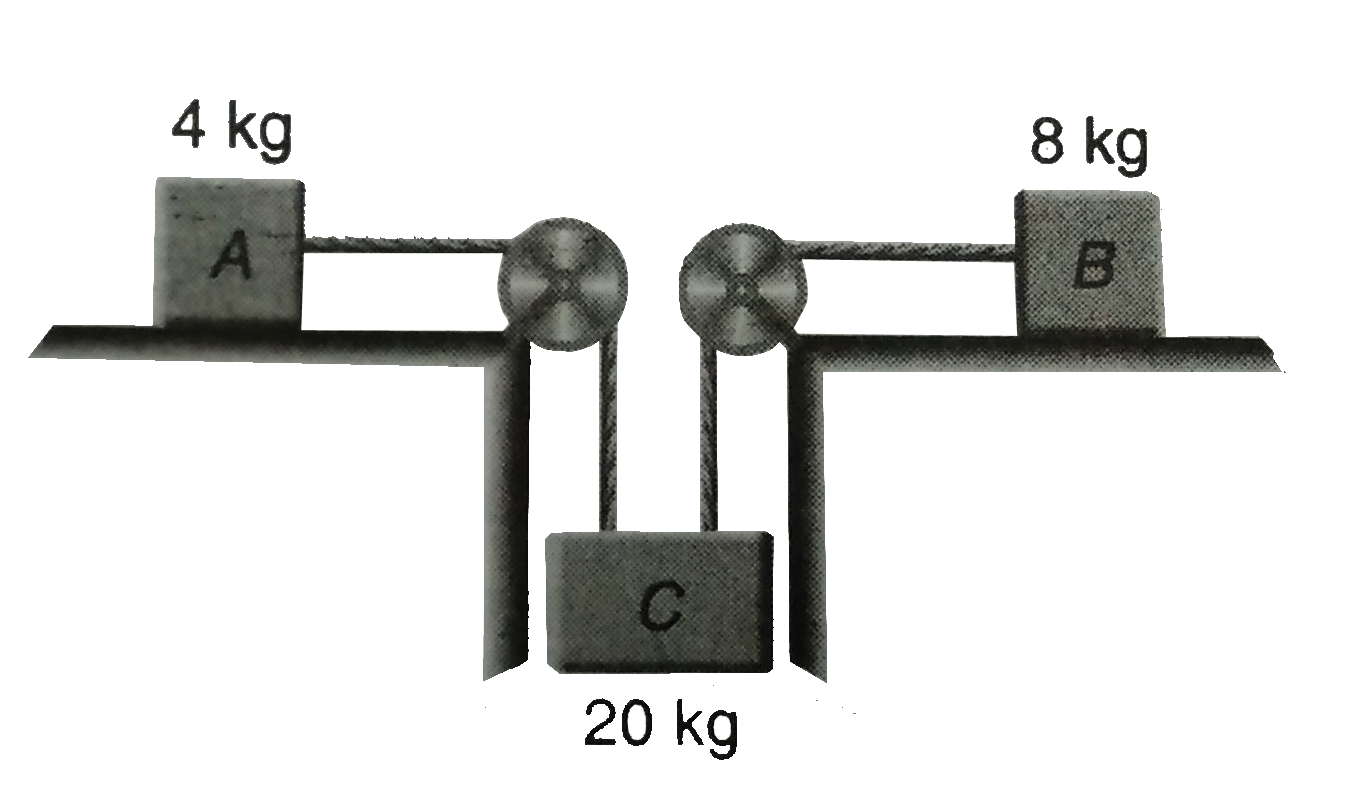
Let a be the acceleration with which the masses move and T1 and T2 be the tensions in left and right strings. Friction on mass A is μmg=8N. Then equationof motion A,B and C are
For mass A T1−8=4a …(i)
For mass B T2=8a …(ii)
For mass C 200−T1−T2=20a …(iii)
Adding the above three equation, we get 32a=192
or a=6m/s2
From Eqs,(i) and (ii), we have T2=48N
and T1=32N
Topper's Solved these Questions
- LAWS OF MOTIONBOOK - DC PANDEY ENGLISHCHAPTER - LAWS OF MOTIONEXERCISE - Exercise 8.1
10 Videos
- LAWS OF MOTIONBOOK - DC PANDEY ENGLISHCHAPTER - LAWS OF MOTIONEXERCISE - Exercise 8.2
9 Videos
- LAWS OF MOTIONBOOK - DC PANDEY ENGLISHCHAPTER - LAWS OF MOTIONEXERCISE - Solved Examples
15 Videos
- KINEMATICS 1BOOK - DC PANDEY ENGLISHCHAPTER - KINEMATICS 1EXERCISE - INTEGER_TYPE
15 Videos
- LAWS OF THERMODYNAMICSBOOK - DC PANDEY ENGLISHCHAPTER - LAWS OF THERMODYNAMICSEXERCISE - Level 2 Subjective
18 Videos
Similar Questions
The diagram shows a rough plank resting on a cylinder with one and of the plank on rough ground. Negtect friction between plank and cylinder. Draw digrams to show
(a) the force acting on the plank,
(b)the force acting on the cylinder.
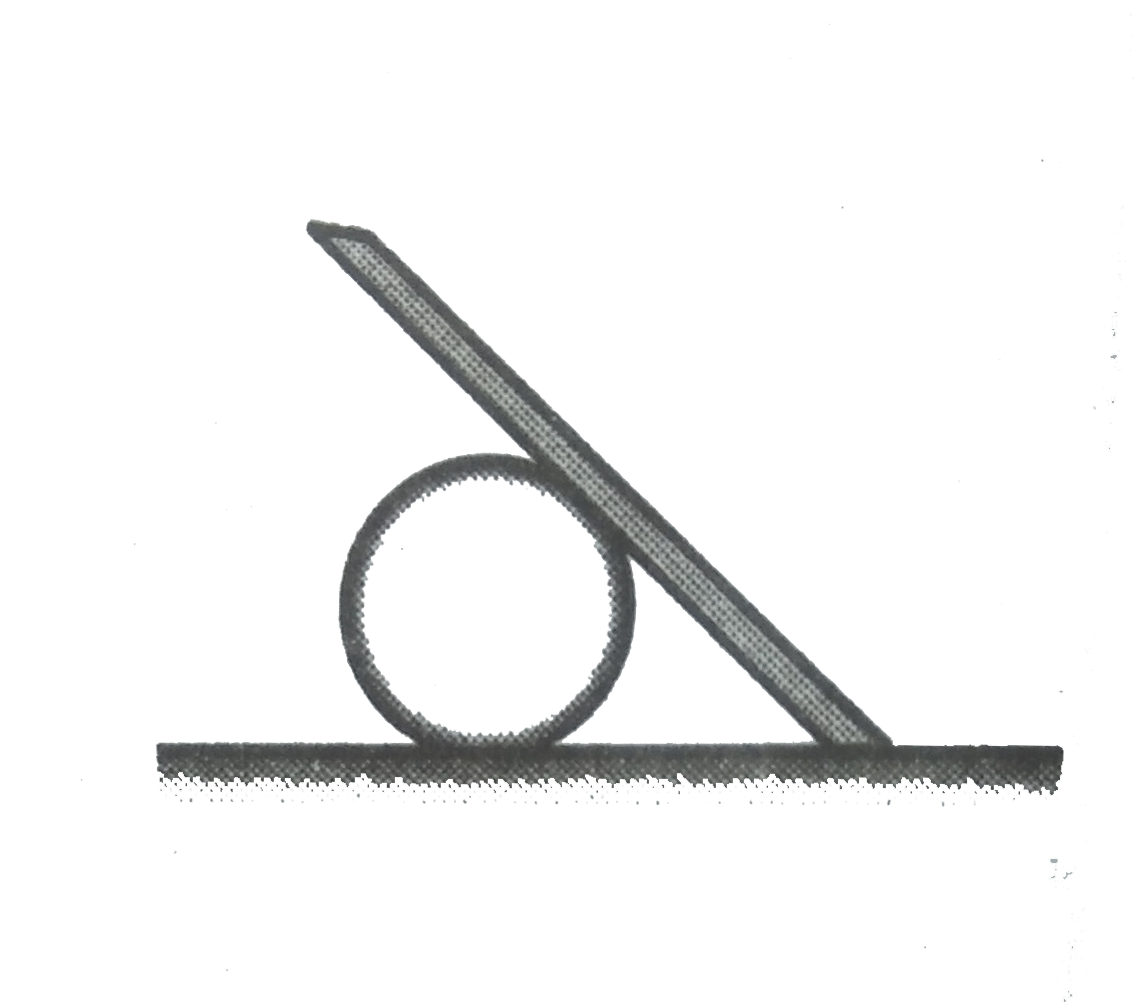
View SolutionThree block of masses 1kg, 4kg and 2kg are placed on a smooth horizontal plane as shown in figure. Find
(a) the acceleration of the system,
(b) the normal force between 1kg block and 4kg block,
( c) the net force on 2kg block
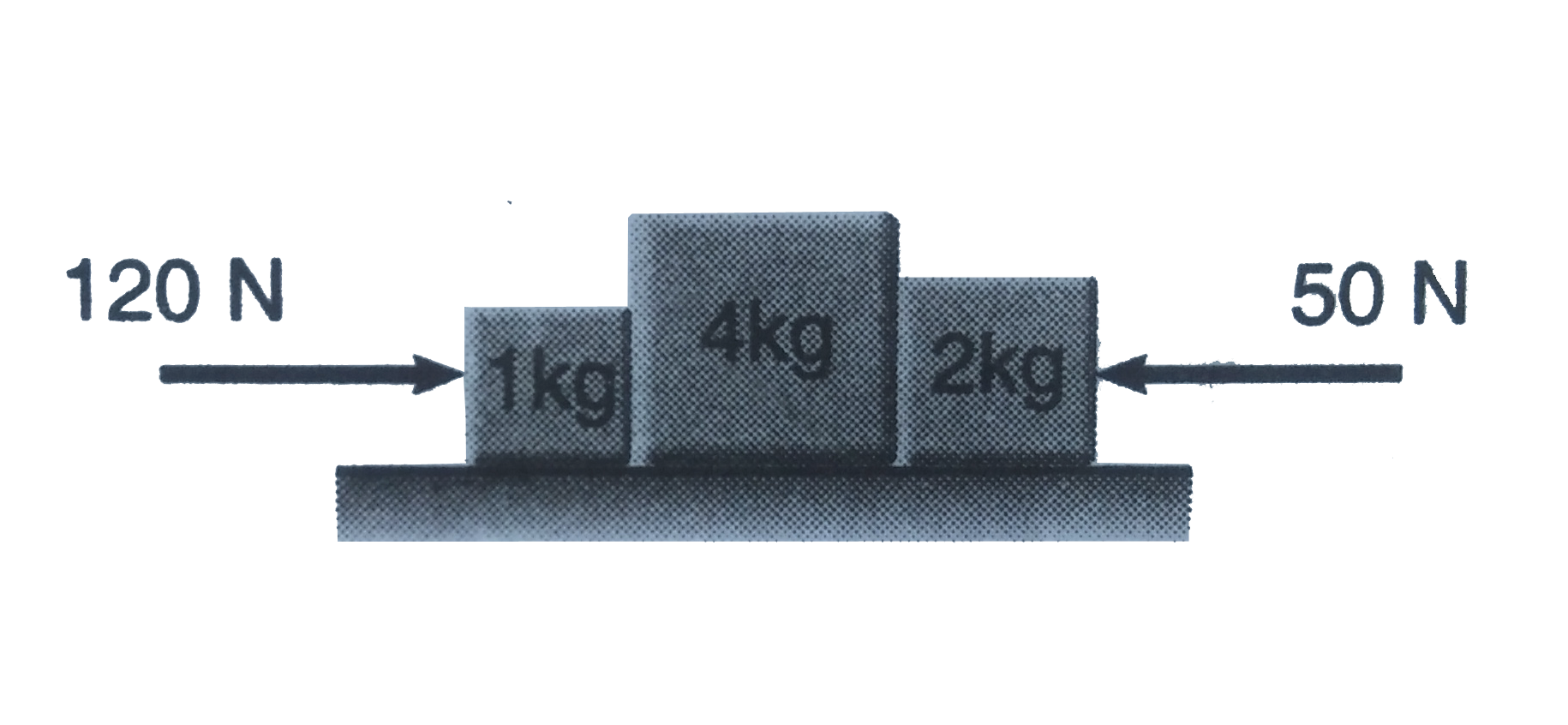
View SolutionA ball of mass 1kg is at rest in position P by means two light strings OP and RP. The string RP is now cut and the ball swings to position Q. If θ=45∘. Find the tensions in the strings in position OP(when RPwas not cut ) and OQ (when RPwas cut ). (take g=10m/s2).
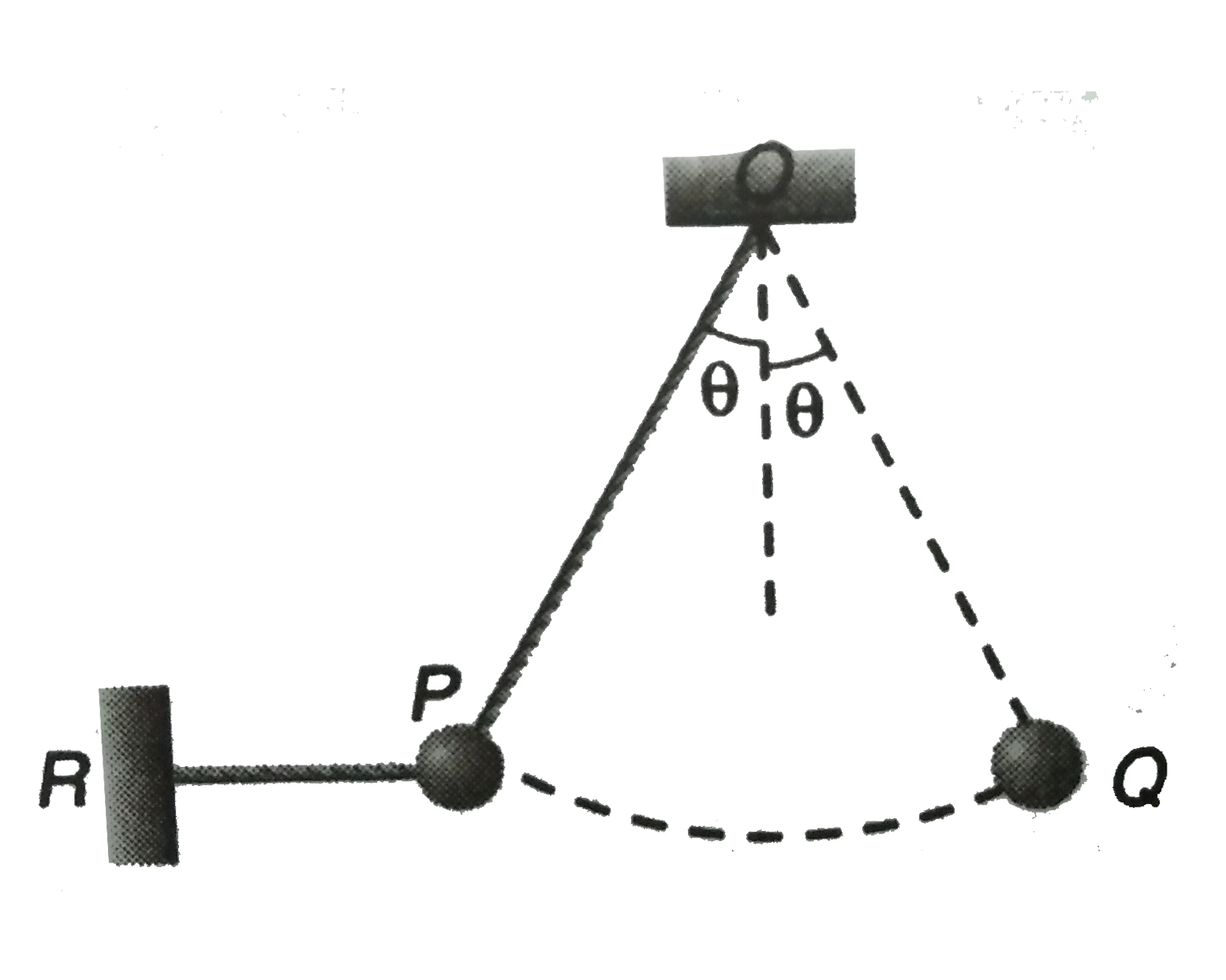
View SolutionA stone is dropped from a certain height which can reach the ground in 5s. It is stopped after 3s of its fall and then it is again released. The total time taken by the stone to reach the ground will be .
View SolutionTwo moles of helium gas undergo a cyclic process as shown in Fig. Assuming the gas to be ideal, calculate the following quantities in this process
(a) The net change in the heat energy
(b) The net work done
(c) The net change in internal energy
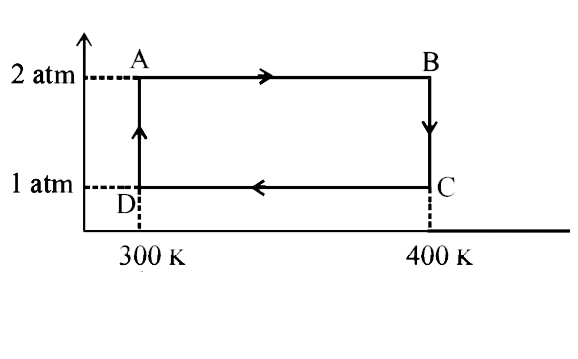
View Solutionfind the acceleration of the block of mass M in the situation shown in figure. All the surfaces are frictionless and the pulleys and the string are light.
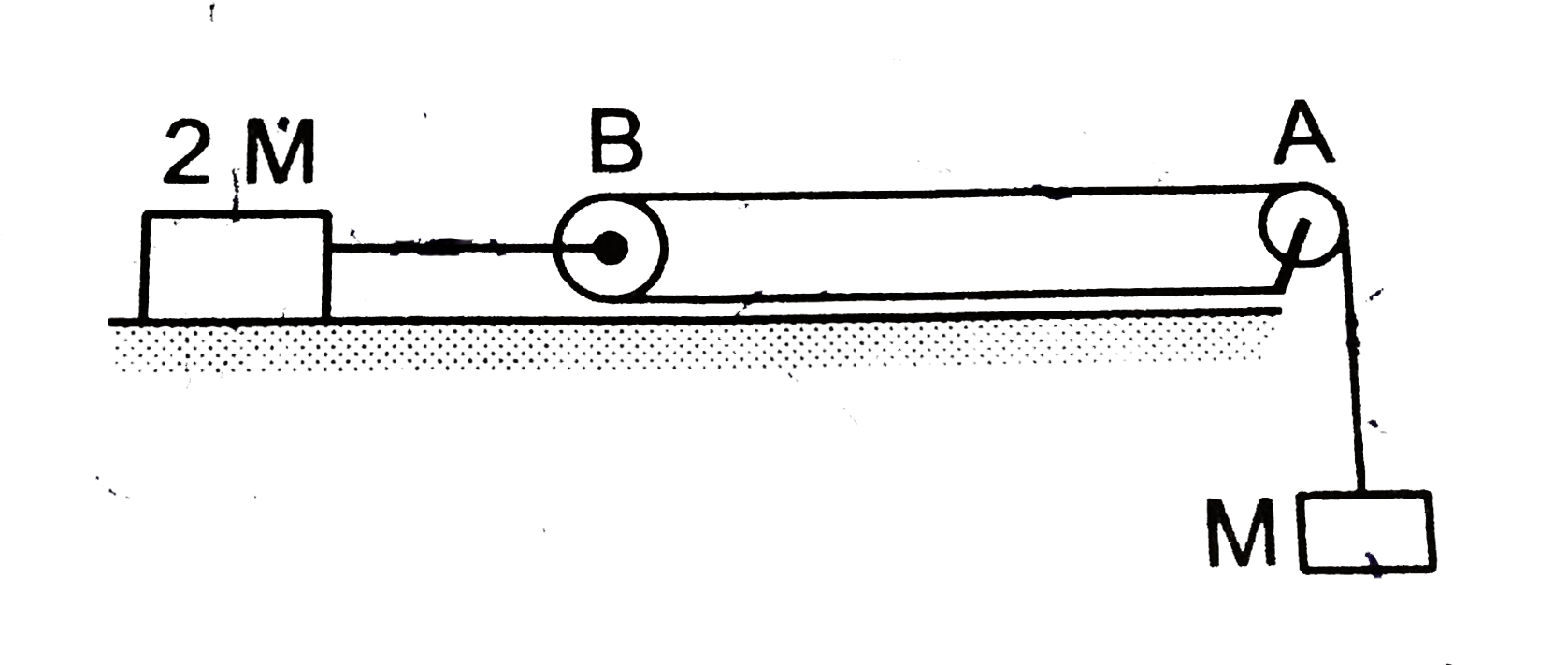
View SolutionConside the situation shown in figure. The block B moves on a frictionless surface ,while the coefficient of friction between A and the surface on which it moves is 0.2 . Find the acceleration with which the masses move and also the tension in the strings. (Take g = 10 m//s^(2)) .
View SolutionConsider the situation shown in figure .Both the pulleys and the string and light and all the surfaces are smooth. (a) Find the acceleration of 1kg block. (b) Find the tension in the string. (g = 10 m//s^(2)) .
View SolutionConsider the situation shown in the figure. The surface is smooth and the string and the pulley are light. Find the acceleration of each block and tension in the string.
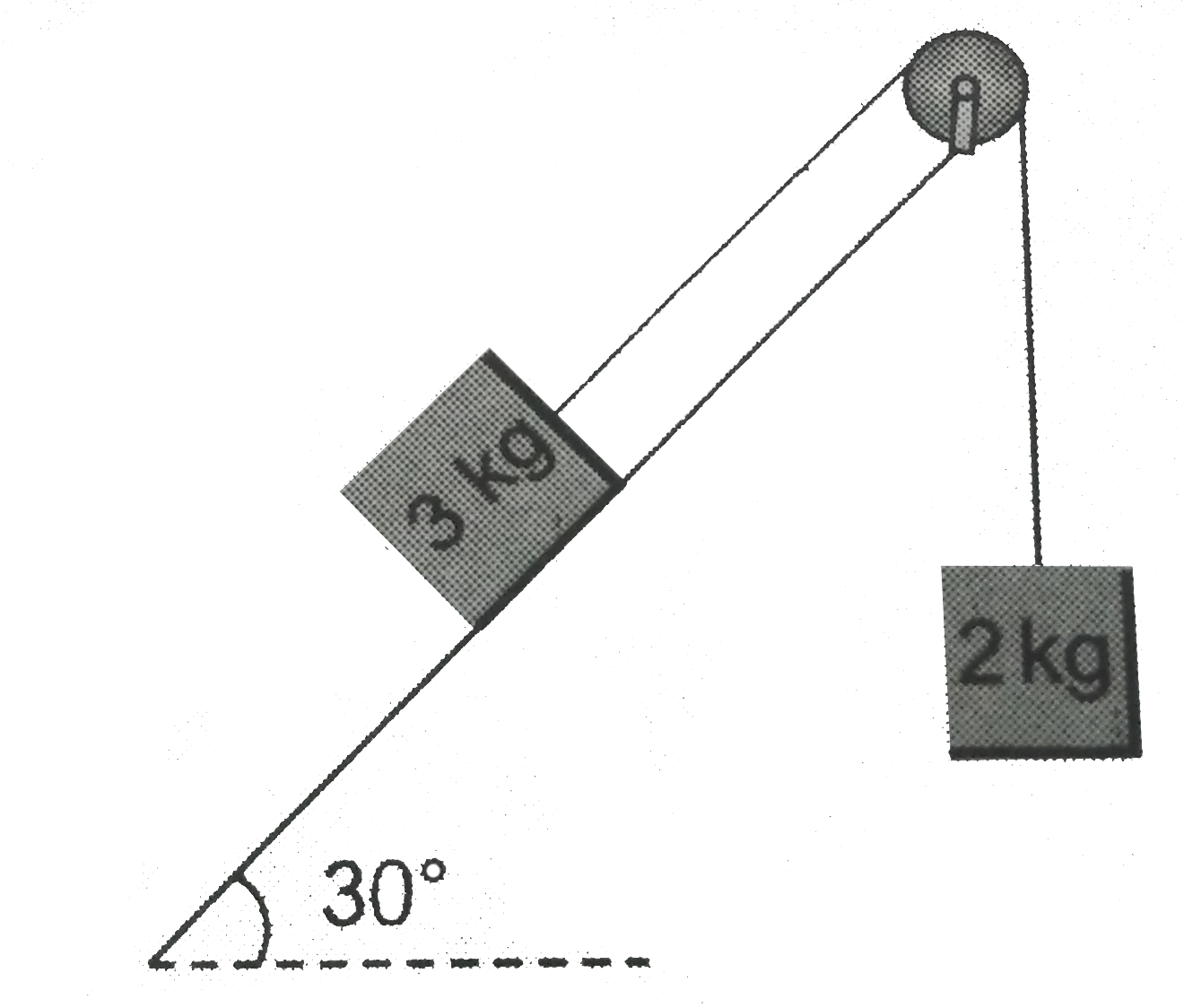
View SolutionA block of mass m is placed on the top of another block of mass M as shown in the figure. The coefficient of friction between them is mu . The maximum acceleration with which the block M may move so that m also moves along with it is
View SolutionA body of mass 20 kg is moving on a rough horizontal plane. A block of mass 3kg is connected to the 20 kg mass by a string of negligible mass through a smooth pulley as shown in the below figure. The tension in the string is 27 N. The coefficient of kinetic friction between the heavier mass and the surface is (g=10m/s2) :
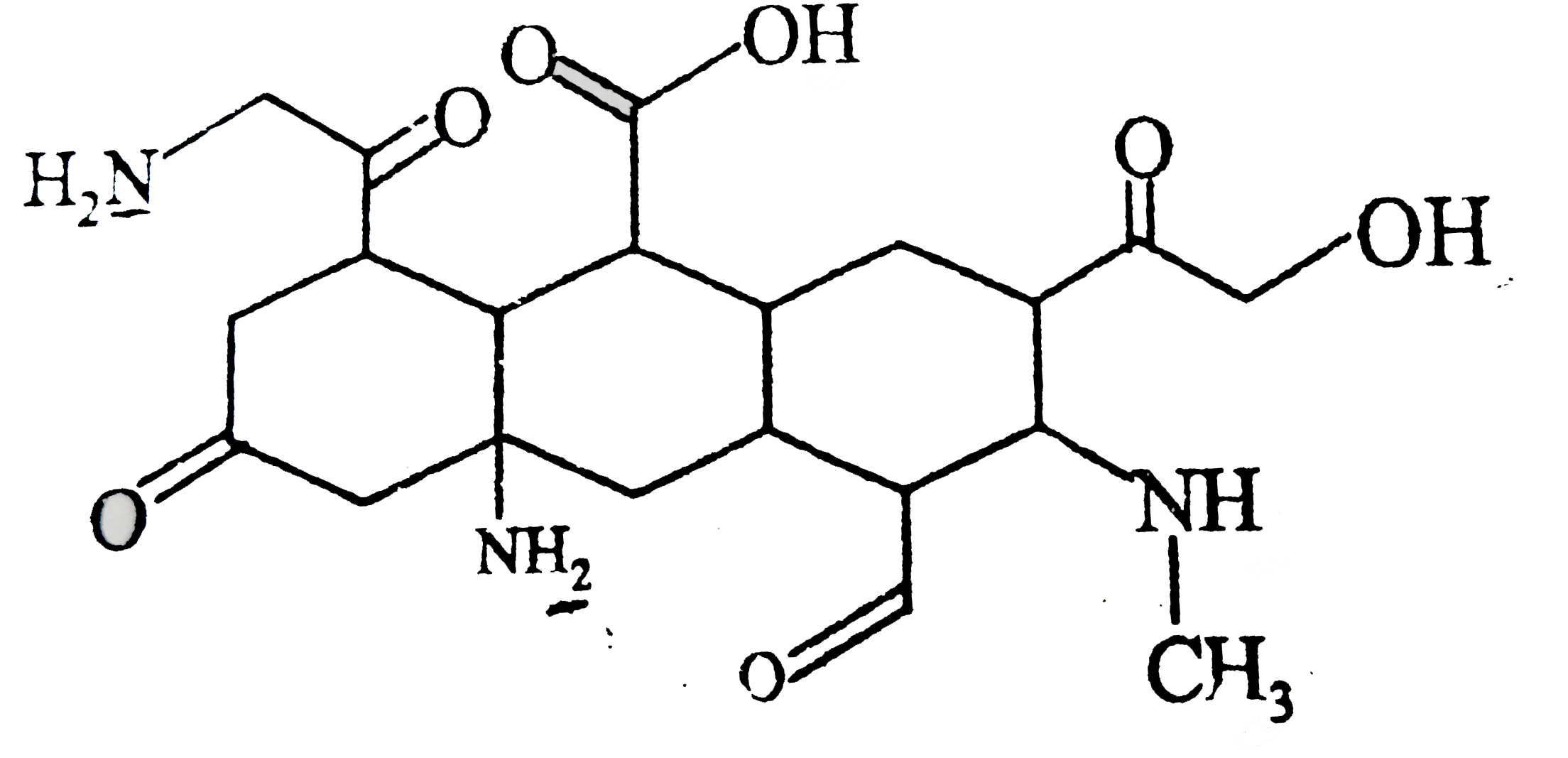
View SolutionConsider the system shown in figure. The pulley and the string are light and all the surface are frictionless. The tension in the string is ("Take g" = 10 m//s^(2))
View SolutionWhat is the acceleration of the block and trolley system shown in a Fig.(a), if the coefficient of kinetic friction between the trolley and the surface is 0.04? What is the tension in the string? (Take g =10ms−2 ). Neglect the mass of the string.
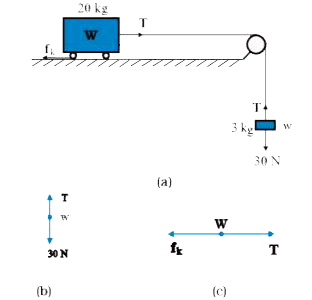
View SolutionWhat is the acceleration of the block and trolley system shown in a Fig.(a), if the coefficient of kinetic friction between the trolley and the surface is 0.04? What is the tension in the string? (Take g =10ms−2 ). Neglect the mass of the string.
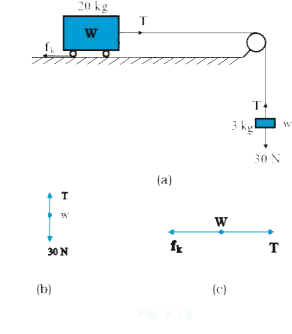
View SolutionWhat is the acceleration of the block and trolley system shown in a Fig.(a), if the coefficient of kinetic friction between the trolley and the surface is 0.04? What is the tension in the string? (Take g =10ms−2 ). Neglect the mass of the string.
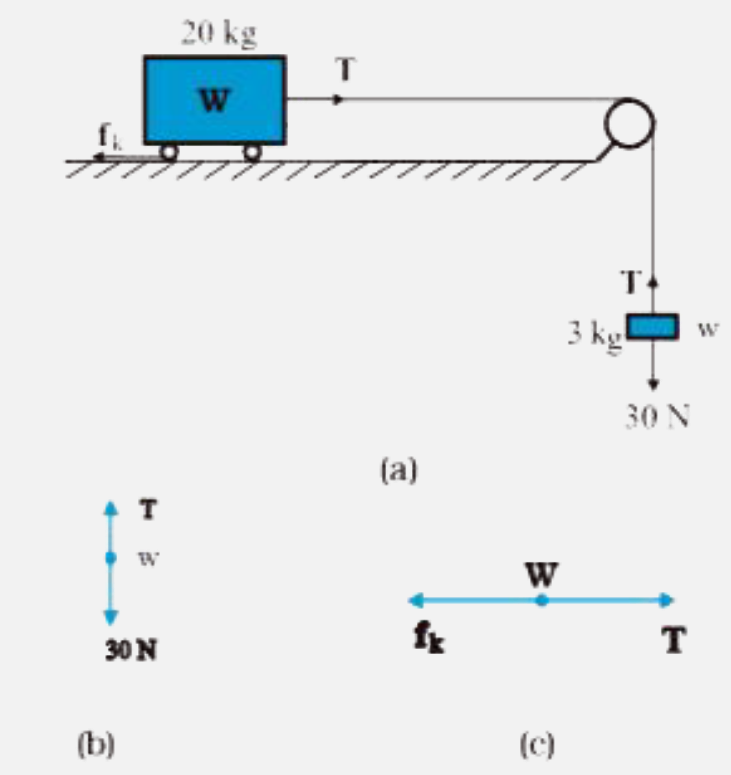
View Solution

